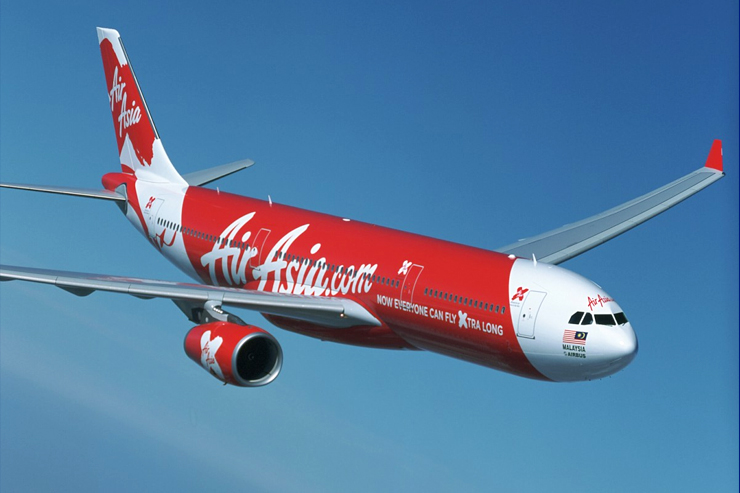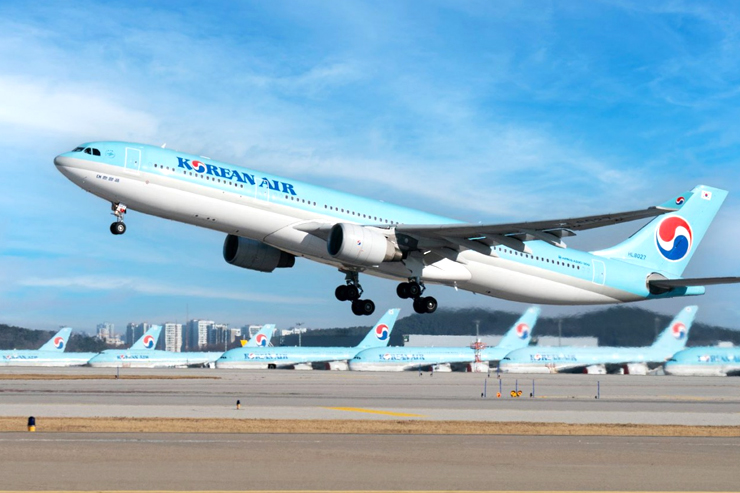Missed Opportunities: How McDonnell Douglas Failed to Capitalize on the Big Twin Revolution

In the annals of aviation history, few stories are as emblematic of missed opportunities and the relentless pace of technological evolution as that of McDonnell Douglas. Once a titan in the aerospace industry, McDonnell Douglas made a series of decisions that would eventually lead to its decline and absorption into Boeing. This article delves into the intriguing saga of how McDonnell Douglas squandered multiple opportunities to develop a compelling wide-body twin-engine aircraft.
The Quest for a Wide-Body Twin:
Imagine a world where McDonnell Douglas had launched a groundbreaking wide-body twin-engine aircraft, dominating the skies and changing the course of aviation history. Such a scenario could have been a reality, but the company’s journey took a different turn.
Between the late 1960s and the late 1990s, McDonnell Douglas examined a staggering 33 different designs and sub-designs for a wide-body twin-engine aircraft. The objective was clear: to meet the growing demand for efficient, medium to long-haul airliners. This market was eventually filled by aircraft like the Airbus A300, A310, A330, A350, Boeing 767, 777, and 787, with over 8,500 deliveries and orders to date.
The Early Attempts:
The story begins in 1966 when McDonnell Douglas initiated studies like the Model D-960, D-962, D-963, and D-966. These early designs aimed to fulfill American Airlines’ vision of a “Kolk Machine” capable of carrying 250 passengers from La Guardia to Chicago. However, these attempts evolved into the three-engine Model D-967, eventually becoming the DC-10 in 1967.
The DC-10 Twin Emerges:
As early as 1968, McDonnell Douglas revisited the idea of a twin-engine wide-body aircraft, known as Model D-969. This concept underwent various modifications until 1973, earning the nickname “DC-10 Twin.” The DC-10 Twin featured different major versions, including the D-969C-13, D-969C-14, D-969C-10, and D-969C-15, with varying fuselage lengths.
The Missed Partnership with Airbus:
During this period, James McDonnell, Chairman of McDonnell Douglas, proposed a partnership with Airbus. The idea was to collaborate on a big twin aircraft based on the DC-10’s cross-section. Unfortunately, Airbus, led by President & CEO Henri Ziegler, declined the offer due to national pride, insisting that France needed its own solution.
France’s Ambitions and Politics:
France was experiencing an era of economic growth known as “Trente Glorieuses” between 1945 and 1975. The country had achieved significant milestones, including surpassing the UK’s GDP, conducting nuclear tests, withdrawing from NATO’s military command, and launching its satellite into orbit. With an air of invincibility, France was not ready for cooperation; instead, it backed the Airbus concept.
Spurned by France, McDonnell Douglas announced the DC-10 Twin’s development on October 4, 1971. This aircraft was designed to compete directly with Airbus’s A300. Douglas executives predicted that pilots would have dual ratings for both aircraft types, fostering commonality.
Despite the potential, the DC-10 Twin failed to secure the orders needed. While European carriers like Swissair and SAS were interested, Mr. Mac insisted on a US carrier, leading to missed opportunities with the KSSU Group, UTA, and KLM.
Stalled Collaborations:
As time passed, McDonnell Douglas explored several collaborations, including discussions with Avions Marcel Dassault-Breguet Aviation in France. However, these talks failed to materialize into successful partnerships. France was more interested in supporting its commercial transport sector, leading to the eventual launch of the Airbus A320.
Boeing’s Entry and Lost Momentum:
By 1978, Boeing introduced the 767, securing an order for 38 aircraft from United Airlines. Meanwhile, McDonnell Douglas was grappling with internal issues. John McDonnell, son of James McDonnell and VP of Finance & Development at the time, was hesitant about the DC-10 Twin’s expenditure and competition with Airbus. This internal discord further complicated matters.
A Lack of Understanding:
A lack of understanding about how airlines made decisions was another hurdle. McDonnell Douglas’s St. Louis board struggled to comprehend the dynamics of the airline market, which impacted its decision-making and ability to seize opportunities. This internal friction, coupled with external market shifts, would shape McDonnell Douglas’s fate.
The Lost Decades:
Between 1968 and its merger with Boeing in 1997, McDonnell Douglas launched only one new aircraft—the DC-10—and won just two military contracts with its own designs: the F-15 Eagle and the C-17. This chronic lack of research and development investment, combined with the resignations of top executives due to interference from the McDonnell family, ultimately led to the decline of a once-prominent commercial and military aircraft manufacturer.
The McDonnell Douglas story serves as a cautionary tale of missed opportunities and internal conflicts that can cripple even the mightiest players in the aerospace industry. While we can only speculate about the potential impact of a McDonnell Douglas wide-body twin, one thing remains clear: the aviation landscape could have been dramatically different had this aerospace giant seized the moment and capitalized on the big twin revolution.





